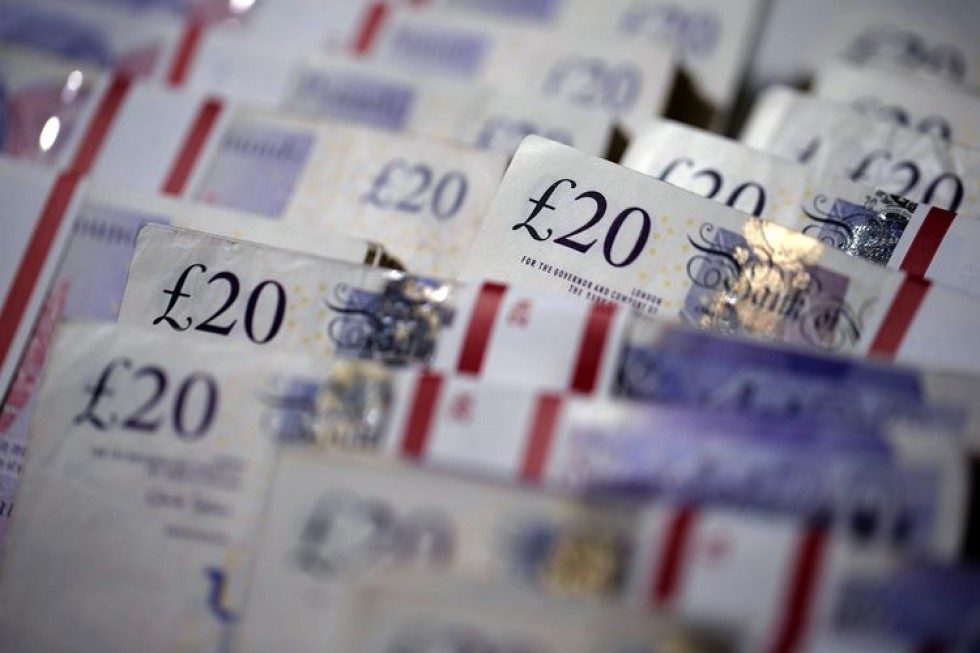TOKYO — Honda Motor is prepared to shift to selling only electrified vehicles earlier than planned if the European Union tightens regulations sooner, President and CEO Toshihiro Mibe said Friday in the first comment by a major Japanese automaker’s top executive on the EU proposal.
“If the rules change, we’ll have no choice but to respond,” Mibe told reporters. Honda’s transition to selling only electrified vehicles “could be expedited,” he said.
Mibe pledged after taking office in April that the company would remove all conventional autos from its global sales mix by 2040. Electrics and fuel cell vehicles will replace them. But the European Union now proposes to essentially ban sales of new internal combustion autos by 2035.
“We’ll assess the suitability of our company’s electrification plan, and we’ll make adjustments if necessary,” Mibe said. Honda sells roughly 100,000 vehicles a year in Europe, accounting for 2% of its global auto sales.
Environmental regulations around the world “are only going to gather speed,” said Mibe, who noted that “the EU and Canada are going to ban internal combustion vehicles in 2035.”
“The regulations will become stricter by the day,” he said. “Of course, we won’t be able to do business if we don’t match international trends.”
For carmakers, electrics are an expensive undertaking. Developing a single model costs around 50 billion yen ($454 million). Building it on converted production lines costs 10 billion to 15 billion yen per plant. Manufacturing the batteries demands hefty investment on top of research and development.
“Investments in production, and investments in automotive batteries in particular, will be very substantial,” Mibe said when asked how Honda will pay for the switch to all-electrified vehicles. But he did not detail investment plans.
“We’re calculating the investment amount based on unit sales, so we’ll make the announcement when the time comes,” he said.
Stellantis plans to invest more than 30 billion euros ($35 billion) in electrification and software through 2025. Volkswagen has decided to spend about 35 billion euros on battery electric vehicles by then, while General Motors aims to invest $35 billion in electrics and automated driving.
Honda plans to spend 5 trillion yen on R&D through March 2027, up 10% from the previous six-year period. But the company has not said how much of this will go to electrics.
To sell electric vehicles in Japan, “kei cars will be key,” said Mibe, referring to a category of minivehicles. Honda plans to launch an electric kei in 2024.
“We’re analyzing kei car users to see what types of EVs they’ll embrace,” he said.
Honda has decided to retire the Clarity, its sole mass production fuel cell vehicle, by year-end. But it will continue developing fuel cell vehicles, according to Mibe.
“We’ll definitely put out the next vehicle,” he said.
Even as established automakers race to develop electrics, competitors are entering the fray. Apple has long been expected to release its own, for example.
Mibe sees the new entrants as a “threat” but welcomes the challenge.
“I look forward to competing with them on the value of Honda’s newly made EVs,” he said.
Honda and GM are partnering in a wide range of areas, including electrics and automated driving. The latter demands excellence in not only artificial intelligence, but also driving performance, Mibe said.
“The cooperation with GM will give us a huge advantage in terms of outclassing the competition,” said Mibe, who spoke of developing the partnership further.
Mibe also touched on Honda’s expansion into the space business, which he had announced in April.
“Combustion technology that powers rockets, as well as materials technology, were originally a domain of automobile makers,” he said. “The only thing that changed is the area the technology is applied.”





